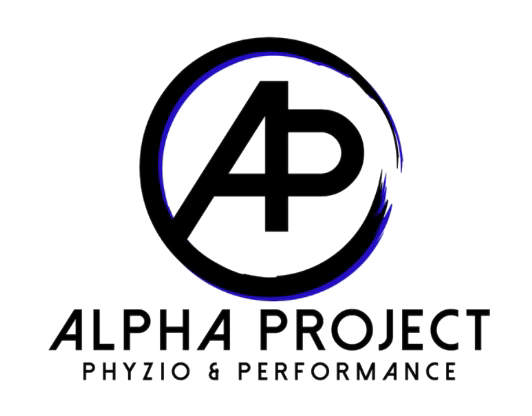Plantar Fasciitis: A Stubborn Battle That Can Be Won!
Plantar fasciitis can be the scourge for many runners. If you’ve had it before, you know exactly what I’m talking about. The morning stiffness in the foot/heel, the time off from running, the stress of being un-able to properly train for your race/marathon. In fact, plantar fasciitis is the third most frequent complaint of runners visiting sports medicine clinics.
Now that we know that plantar fasciitis is a problem, what is the cause of it? An even better question is “ What is plantar fasciitis”! Plantar fasciitis is inflammation of the plantar fascia. The plantar fascia is a strong band of connective tissue that extends from the ball of your foot to the heel bone ( your calcaneus ).
The plantar fascia is also an extension of your achilles tendon ( The long tendon on the back of the lower leg). Most runners who experience plantar fasciitis feel it near or close to their heel bone, rather than in the arch of their foot.
Causes of Plantar Fasciitis
The root cause of plantar fasciitis, or PF for short, can be a number of different things. Three of the most common causes of PF that we see are, mobility issues in the calfs/ achilles, tightness in the ankle itself, and running form impairments.
Let’s take a closer look.
Tightness in your calfs, achilles and ankle joints
The calfs and achilles tendon give us that powerful push with every stride we take. However, we need to have strength and mobility in this muscle/tendon complex in order to have full ankle mobility. Tightness in the calfs/achilles will limit a motion called “ankle dorsiflexion”. This is what you do with your ankle when you walk on your heels, or enter into a deep squat.
This is a motion every runner needs and if you’re lacking this motion your body will compensate. By compensate I mean certain muscles and tissues will work harder and have to pick up the slack of the tight or restricted muscle or tissues. This is a very common cause of PF because if the calf and achilles do not have full mobility the plantar fascia gets stressed even more and can cause plantar fasciitis.
The ankle joint itself is another area you MUST make sure has full mobility. The gold standard for ankle mobility is being able to drive your knee forwards 5 inches in front of your toes in a half knee position. Improving your mobility of the ankle in all directions will help with plantar fasciitis.
Intrinsic foot muscle activation & strength
When was the last time you trained the arch of your foot? The last time you felt your arch burn from an exercise you were performing? If the answer is no or can’t remember you might want to start training the arch of your foot! The intrinsic foot muscles help support the arch and you can actively create an arch in your foot by pressing your big toe into the ground. An exercise called thee short foot exercise is a great place to start working on this ankle mobility.
Your running form!
Do you only get PF when you are running? If so, your running form may have something to do with it. There is some research on a high arched foot or low arched runners being more likely to develop plantar fasciitis. However, running form plays a crucial role in this!
For instance, if you overstride you will move through ankle/foot pronation faster. That means there will be more stress on your foot INCLUDING the planter fascia. Also, many of us have tightness in our hips (from this thing called sitting!).
If our hips become too tight our running form may change. How you may ask? Instead of extending our entire leg behind us, using our powerful glutes, we will start to shift to a more bouncing running form. Where we are using our calfs more than our glutes. This excessive use of the calfs and more vertical oscillation will over use the calfs, and by extension, the plantar fascia. Improving your hip extension mobility will help treat plantar fasciitis.
Our team members at Alpha Project Phyzio see runners all the time looking to get over their aches, pain, and injuries and get back to running better and learn how to take care of their bodies on their own. We help people with plantar fasciitis, Achilles tendonitis, iliotibial band syndrome, shin splints, hamstring strain, and much more!
If you’re interested in working with a running physical therapist click the button below. Our physical therapists in Columbia, Gaithersburg, and Frederick are here to help.

